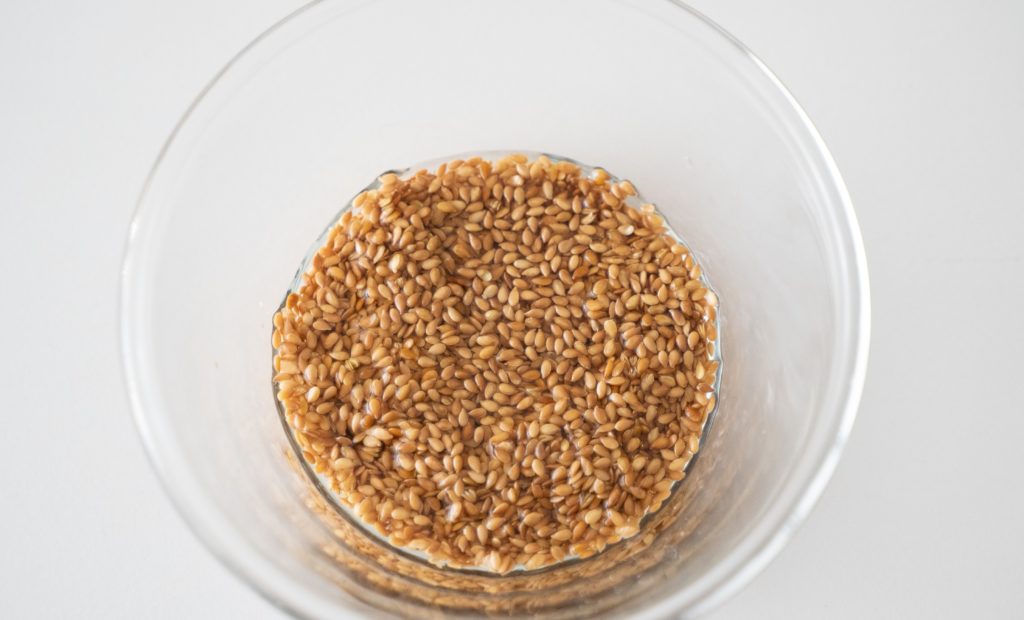
The past few years have truly been a journey for me in the art of fermentation.
I’ve DIY’ed sauerkraut, brewed batches of homemade kombucha, and pickled onions and other products all for the sake of a healthier, more balanced gut.
As I’ve progressed throughout my journey, I’ve written articles about the benefits of these probiotic powerhouses – from Russian kvass to the cinnamon-y sweet Mexican tepache, all while advocating for the importance of adding prebiotics, probiotics, and postbiotics into your meals for a well-blanaced diet. I’ve loved all these fermented goodies, and especially loved the creativity of making them at home (as much as I can!).
The problem? DIY fermentation can be time-consuming and, for drinks like kombucha, it requires a starter that needs constant attention and ‘food’ to sustain a healthy SCOBY.
That’s where rejuvelac comes in. For me, rejuvelac was the answer-to-my-prayers fermented drink for the lazy DIYer (a.k.a. me).
If you’re looking for a simple, SCOBY-free fermented drink that you can make at home with little to no effort, then read on to learn about rejuvelac, the budget-friendly and SCOBY-free drink you need in your life.
What Is Rejuvelac?
Invented by Dr. Ann Wigmore, holistic health pioneer, rejuvelac is a grain water made through “wild fermentation.” Unlike other fermented drinks such as kombucha or kefir, rejuvelac does not require a bacteria starter. Rather, the culture stems from the beneficial microorganisms naturally present on the sprouted grains. While most commonly made from fermented wheat berries, rejuvelac can also be made from rye, kamut, barley, quinoa, and other sprouted grain products.
Due to its potent nature, sites like Food Fermented recommend ingesting it more as a tonic than a drink. That means that rejuvelac should be taken in smaller quantities adding up to anywhere from ¼ cup to 1 cup per day to avoid an upset stomach.
Rejuvelac Health Benefits
As a lacto-fermented food, rejuvelac offers support for a healthy gut—acting as a slight laxative and a digestive aid. Rejuvelac detoxifies and energizes thanks to the sprouting of the grain, tasting slightly lemony with a tangy fizz. Beyond that, rejuvelac also contains lactobacillus (healthy bacteria that helps the digestional tract), proteins, phosphates, and vitamins B, C, and E.
How To Make Your Own
As I researched how to DIY rejuvelac, I quickly learned there’s no ‘one’ way to make this tangy fermented drink. Rather than offer you one specific recipe, I’ve chosen to list out three methods for you to choose the one that you’re most interested in trying. (Or, you can try all three!)
Method One: Rejuvelac Made from Sprouted Grains (Recipe via Superfood Evolution)
- Gather 4 cups of filtered water and ½ cup of wheat berries or other sproutable grain such as rye, quinoa, or barley.
- Sprout your grain in a seed sprouter or mason jar
- Collect sprouted grain and place in a jar with filtered water, leaving in a warm place for 24-48 hours. (The liquid should be slightly fizzy and cloudy once ready, tasting of slight citrus.)
- Remove grain and store in the fridge for up to one week
Method Two: Blended Grains (Recipe via Food Fermented)
- Gather two cups of the grain of your choice and soak in tap water overnight
- Rinse the grains and blend with two cups of filtered water, until the grains a completely broken
- Pour the grain-water into a jar and cover with a cloth. Stir occasionally as the jar sits at room temperature for 12-36 hours
- Strain and enjoy
Method Three: Soaked Grains (Recipe via One Green Planet)
- Measure a quarter cup of grain and place in a jar with filtered water, covering with a sprouting lid or cheesecloth
- Store in a dark place at room temperature for two to five days until yeasty and sweet
- Strain and store in the refrigerator. If this first batch did not use sprouted grains, discard the liquid and repeat by adding more water to the grain repeating steps one and two with the current grains. (You can repeat for a few batches before discarding)
Note: Rejuvelac can spoil and should not be consumed when contaminated. If rejuvelac is contaminated it will emit an unpleasant smell and should be thrown out. To ensure healthy rejuvelac, it’s important to use high-quality ingredients and organic grains whenever possible, and to deep clean all jars and clothes before beginning the fermentation process.
Alternative Uses
Beyond a simple tonic, rejuvelac can also be used to culture vegan cheese or flavor vegetarian soups and broths. The lactobacillus helps to create that familiar tangy, tart cheese flavor for a delicious and dairy-flavored vegan cheese.
***
Try something new this year with this refreshing and easy-to-create fermented drink that will bring bright energy and health into your diet and life. Sustainable, budget-friendly, and SCOBY-free, rejuvelac is a must-try for all the fermented foodies looking for something new.
Get more like this—Sign up for our daily inspirational newsletter for exclusive content!
__
Photo: Cats Coming via Pexels




